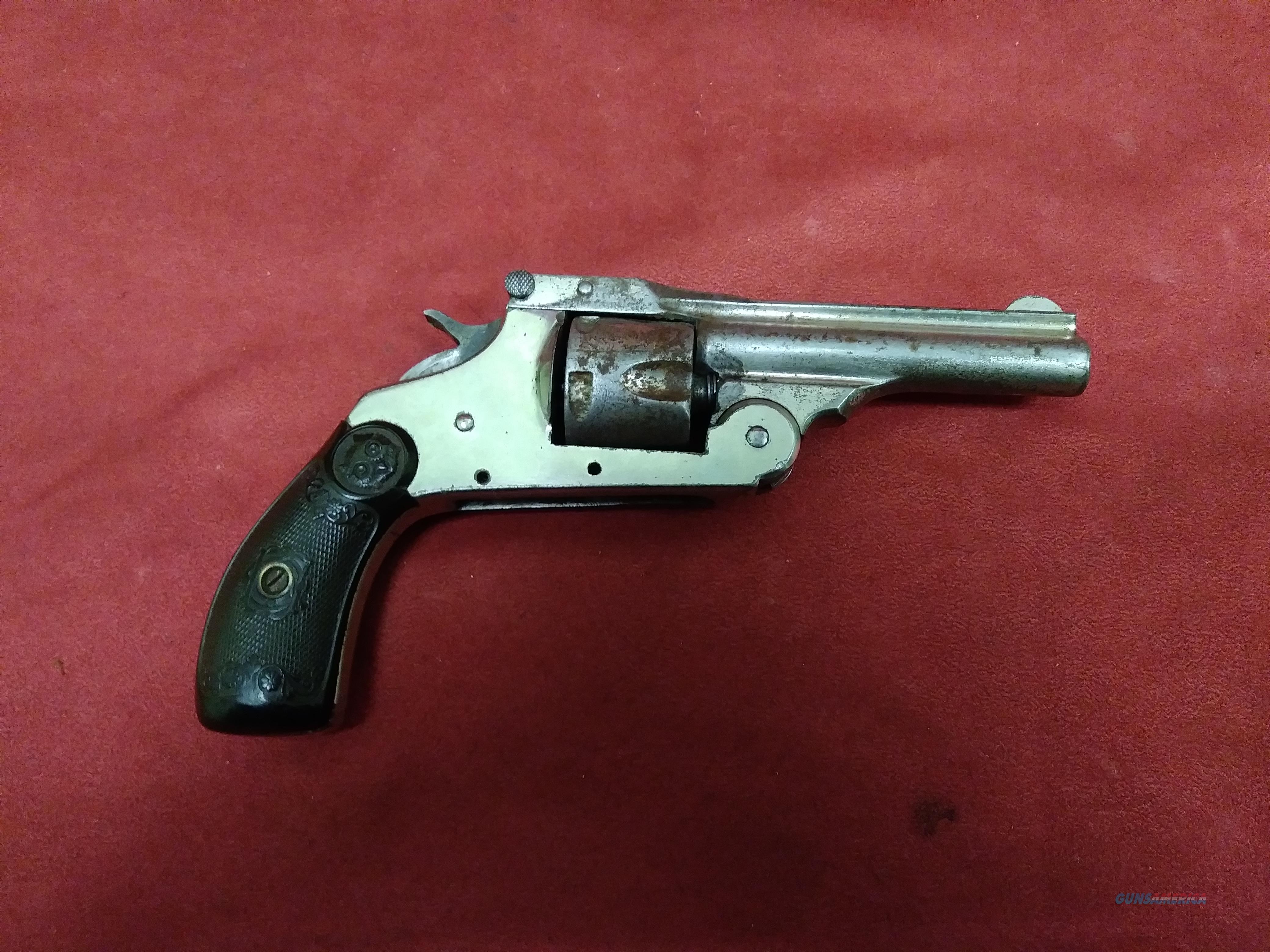

Without new research and development, most firearms changes were limited to cosmetic updates of existing designs. Increasingly, company fortunes depended upon sales of its increasingly outmoded revolvers and single-barrel shotguns. Īfter World War II, the company's introduction of new firearms slowed to a trickle. The business successfully weathered the Great Depression (in part thanks to higher rates of armed robbery, which helped maintain demand for personal firearms) and was buoyed by the dramatic increase in the market for arms leading up to and during World War II. The company eventually dropped "Cycle Works" from its name when that part of the business was shut down. As family ownership waned and outside investment via publicly traded stock and mergers/acquisitions/partnerships took hold, the company changed ownership and moved several times during its operation. They also saw the growth of the firearms business and the eventual restructuring of the company to focus on firearms and related business as they divested non-firearms concerns, such as the motorcycle business, in the face of growing firearms demand, World War I's armaments industry expansion, and other factors. They shepherded the company through a phase of expansion, as bicycle operations grew, then converted to motorcycle manufacturing and sales. Frederick Iver, (born ), John Lovell (born ), and Walter Olof (born August 1878), each had vastly different levels of involvement in the company ranging from executive leadership to barely any involvement at all. Iver Johnson died of tuberculosis in 1895, and his sons took over the business.

Mossberg and Andrew Fyrberg, who would go on to invent the company's top-latching strap mechanism and the Hammer-the-Hammer transfer bar safety system used on the company's popular line of top-break safety revolvers. The company attracted a number of talented immigrant machinists and designers to its ranks, including O.F. The company's name changed again to Iver Johnson's Arms & Cycle Works in 1891, when the company relocated to Fitchburg, Massachusetts, (sometimes incorrectly referred to as "Fitzburg") in order to have better and larger manufacturing facilities. The company's name changed to Iver Johnson & Company in 1883, upon Johnson's purchase of Bye's interest, but Bye continued working in the firearm industry for the remainder of his life. Their primary revenues came from the sale of their self designed and manufactured inexpensive models of revolvers. Beginning in 1876, Johnson and Bye filed jointly for, and received, multiple new firearms features and firearms feature improvement patents. In 1871, Johnson merged his and Martin Bye's gunsmithing operations to form the Johnson Bye & Company. On April 9, 1868, Johnson married Mary Elizabeth ( née Speirs, born January 1847) in Worcester and the couple had three sons, Frederick Iver, John Lovell and Walter Olof, and two daughters, Mary Louise and Nellie. Seeking new and creative uses for his partially idle manufacturing equipment after the American Civil War, he worked not only gunsmithing locally in Fitchburg, but also providing designs and work to other firearms companies notably making pepper-box pistols for Allen & Wheelock. Johnson emigrated from Norway to Worcester, Massachusetts, United States in 1863, and continued his work as a gunsmith by trade and an inventor in his spare time. He was educated as a gunsmith in Bergen in 1857, and had a gun store in Oslo. Iver Johnson was born in 1841 in Nordfjord, Sogn og Fjordane county, Norway.

Iver Johnson revolver advertisement, pre-1907


 0 kommentar(er)
0 kommentar(er)
